Latest Posts
The choice of mobile storage devices. Which one is better to use, a mobile solid-state hard drive or a USB flash drive?
In fact, nowadays cloud storage has replaced mobile storage devices to a certain extent. Although cloud storage is convenient to use when working on different platform, its speed is too slow, and there are security concerns about cloud data storage, so there is still a big market for the mobile storage products. bulk usb drives and mobile hard disk are relatively traditional mobile storage devices. In recent years, mobile solid-state hard disks have emerged. Since they have higher reading and writing speed and sufficient capacity, they occupied big portion of market that originally belongs to mobile hard disks.
There are actually many similarities between USB flash drives and mobile solid state drives. Both of them use NAND flash memory as storage media. Compared with traditional mobile hard drives, they both have the advantage of vibration resisting, impact resisting, and have a smaller size and weight. Their many similarities have made them replaceable for each other in some extent. Of course, based on my long-term using experience, it is actually impossible for USB flash drives and mobile solid-state drives to completely replace each other. They have their own advantages.
Compared with USB flash drives, the advantages of mobile solid-state hard drives are of course larger capacity and faster speed. Of course, there are USB flash drives with high speed and large capacity. USB drivers with 512GB and 1TB USB capacity do exist, but their prices are basically higher than those mobile solid-state hard drives with the same capacity. Mobile solid-state hard drives also have a higher upper limit of capacity. Mobile solid-states with a capacity of 2TB or even 4TB do exist.
In terms of performance, the performance between different USB flash drives fluctuates greatly. Needless to mention USB 2.0, even some cheap USB 3.2 Gen 1 USB flash drives cannot reach a reading speed of 100MB/s. Of course, there are high-performance USB flash drives that can reach the upper limit of USB 3.2 Gen 1 bandwidth, but most of the bulk thumb drives have a reading speed between 100 and 200MB/s.
Overall, the performance of mobile solid-state drives is more stable. After all, they are at least modified based on SATA SSDs, so they basically can reach the 500Mbps bandwidth limit of USB 3.2 Gen 1. If it is a mobile solid-state hard drive that is modified from M.2 NVMe SSD, even the 2000Mbps bandwidth of USB 3.2 Gen 2*2 cannot satisfy its needs.
Next, we made a simple comparison test with a mobile solid-state hard drive and a USB flash drive that we have. The representative of the mobile solid-state drive is SSD NGFF M.2 512GB, and the representative of the USB flash drive is 128GB.
In fact, the test results from the CDM test can tell the difference between the two products. The continuous reading and writing speed of the SSD NGFF M.2 512GB can reach 428/403 MB/s, while the comparison usb drive has a more mainstream performance, 100MB/ s in reading and 40MB/s writing. The 4K random performance gap between these two is even greater. Random performance may not very important for USB flash drives, but it is very important for mobile SSDs. After all, we sometimes play game or run program on mobile SSDs.
Next, we compare the actual file copy speed. The data package we used here is the “Far Cry 6” game folder with a size of 52.7GB. There are 97 files in it, and most of them are large files. The data source disk is a built-in PCI. -E 4.0 SSD, so there is no bottleneck problem, the reading speed of SSD NGFF M.2 512GB is 450MB/s, and takes 2 minutes to read, the writing speed is 220MB/s, and takes 4 minutes and 04 seconds to write. The reading speed of the comparison usb drive is 94.3MB/s, and takes 9 minutes and 32 seconds to read, the writing speed is 25.3MB/s, and takes 35 minutes and 32 seconds to write. In terms of performance, mobile solid state drives do have an overwhelming advantage.
Finally, we took the latest storage benchmark test launched by 3DMark. This is a benchmark test tool specifically used to test the performance of storage devices. Why do we need to take this test? Because we often play games from mobile solid-state hard drives. In this test, SSD NGFF M.2 512GB scored 518 points, with an average bandwidth of 91.4MB/s and an average access time of 357us, while the comparison Usb flash only scored 21 points, with an average bandwidth of 3.53MB/s and an average access time of 8116us.
From the above test results, we can see that, when the performance requirements are relatively high, it is better to use a mobile solid state hard drive. Especially when used to play games, the mobile solid state hard disk can provide higher and more stable performance, and the game’s loading and installation speed will be faster. It is quite normal for game notebook users to start games on mobile solid state drives. After all, the built-in SSD always have limited capacity. It is more convenient to expand the capacity with an external mobile solid state drives to play games. For example, the SSD NGFF M.2 that we tested has two large capacity versions, 512GB and 1TB, respectively, which can be used to store a large number of games.
Although some people may say that some high-performance bulk thumb drives also can reach a speed of 400MB/s, mobile solid state drives still have higher upper limit. After all, USB 3.2 Gen 2*2 or even Thunder 4 mobile solid state drives do exist, and bulk thumb drives can not compete with those performances at all.
Of course, the USB flash drive has its application scenarios. After all, in terms of size and convenience, the USB flash drive is definitely smaller. More importantly, you do not have to bring an extra USB cable, and some USB flash drives are compatible with Type-A and Type-C interfaces at the same time. You will have to change a cable if you encounter a different interface, when using mobile solid state drives. In terms of convenience, USB flash drive is really much better, and it is more suitable to carry around. It is better suitable in scenarios when the data amount is small and the requirement for transmission speed is not important.
In general, mobile solid-state hard drives have larger capacity and better performance, and are suitable for storing larger files and data, and can even directly start applications or games directly on it. bulk thumb drives are better because it is small, flexible and easy to use.




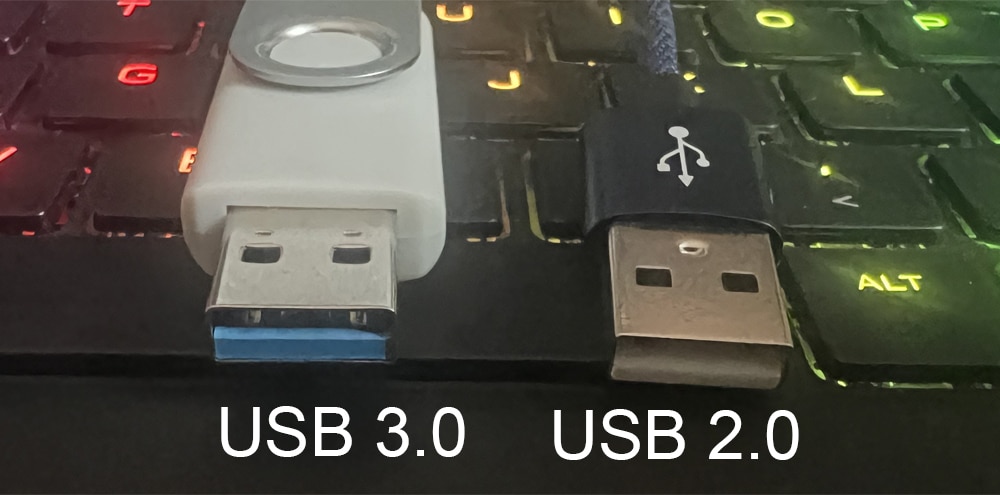

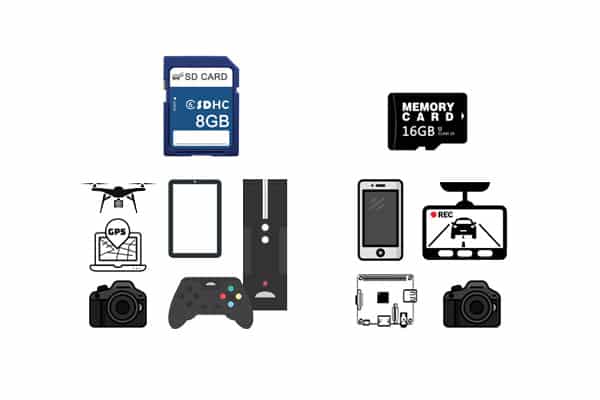
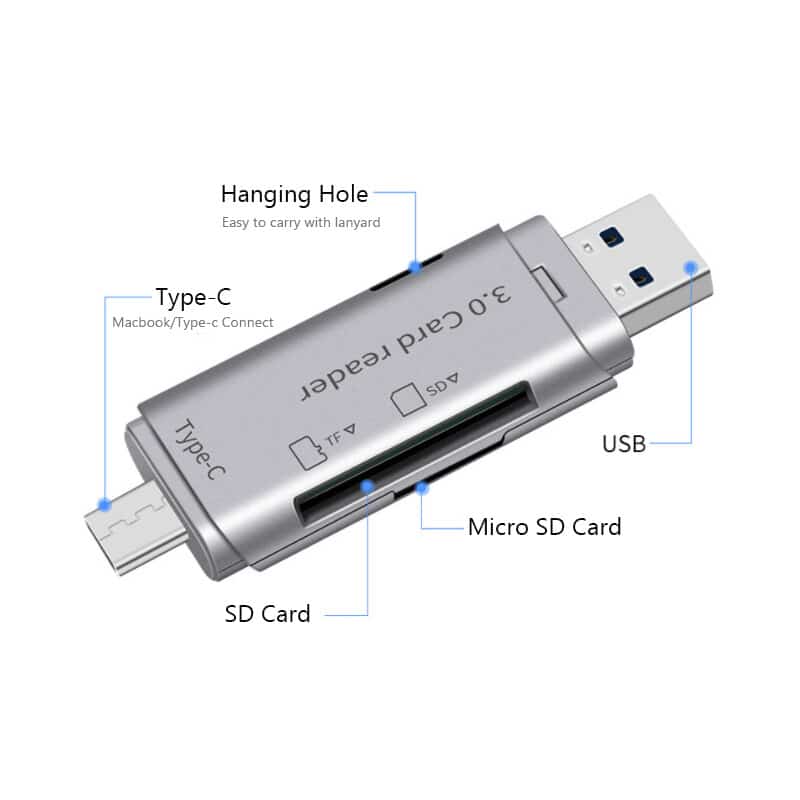



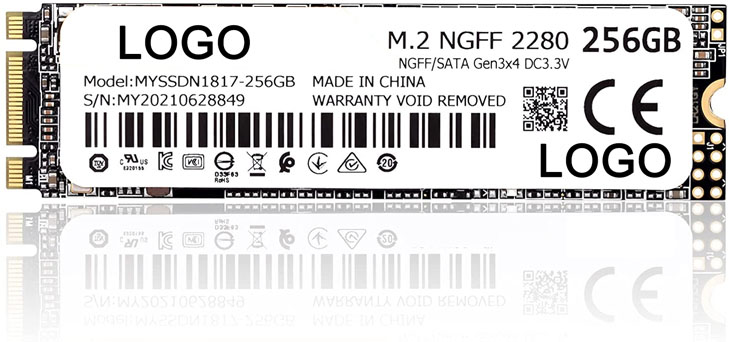
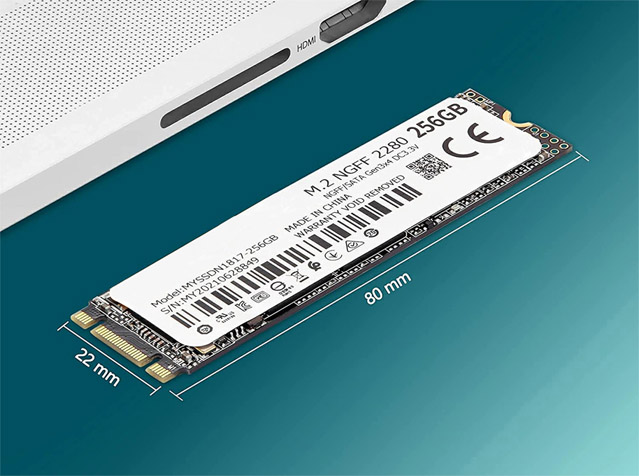
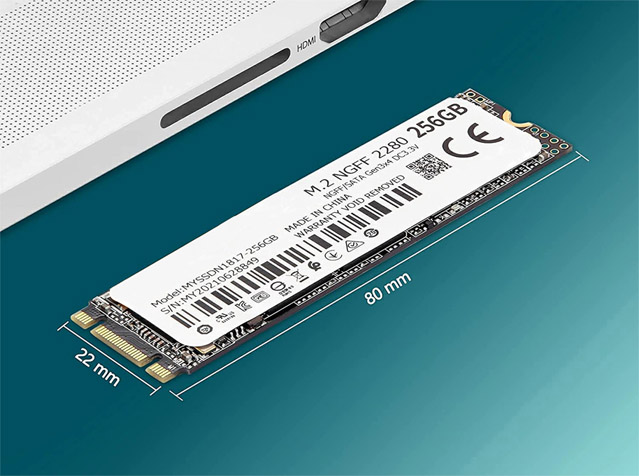

Leave a comment